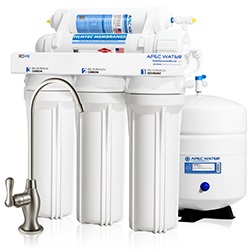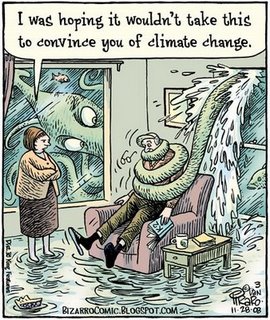When I was a young boy in the 1960’s I spent 2 weeks with Edna and Court Lutz, my great grandparents. They were independent hog farmers on a subsistence farm in a rural unincorporated village called New Philadelphia Illinois. It was a subsistence farm which for years had no running water. Part of the roof runoff went into rain barrels, and part of it ran directly into their well. The well was in the back of the house and it had a big 3 foot tall pump on the top it. Court had run a water line from the well into the house in the pantry/sink area off of the kitchen and put in a much smaller hand pump on the edge of the sink. We ate and cooked in the much larger 15 x 15 kitchen area which housed a 6 burner corn cob cook stove a big kitchen table and the refrigerator.
I learned a lot about hard work from those folks, but in many ways they were the original eco friendly folks. I got my first tastes of many things the Christmas before our first summer stay. The Ross side of the family had Christmas dinner at Court and Edna’s house. After dinner (it was actually late lunch but they called the evening meal supper) Edna said, “Would you boys pump some water for me”. So we rushed into the pantry and proceeded to pump and pump and pump. Finally between the two of us we got the water coming and filled up one of the sinks. But we were tuckered out.
Edna filled up a large kettle to heat water to wash the dishes and then started in on them.
Mabel (my grandmother) decided that she wanted some lemonade and needed a gallon of water to make it. Court offered to go out to the bigger pump and get it. Steve and I said,”Will do it”! Once bundled and outside Court watched amused as we tried to get the pump arm to even move. Both of us at 6 and 7 years couldn’t budge it. Court laughed and said here let me get it started for you and he pumped the handle a couple of mighty pumps. We got water on about the third pump but we filled up the bucket which was way to much water. Damn thing was hard to control. We never asked about the toilets. We were not there long enough to need them. As we were leaving, I asked Court why they had rain barrels on the front gutter downspouts. He said that I would find out soon enough.
We went back the next summer of 1961. We had been prepared somewhat. We had been told what outhouses were and of course because our father was a Biologist we were told how they worked. We had been told about chamberpots and how to deal with them. We had been given a deck of cards and informed that they had no TV. We had been told about their half acre garden and had been given some gloves. Also some advice on dealing with blisters. We had been warned about hogs (they had 5) and that Court got up early in the morning. BUT WE HAD no idea what we were infor. And yes that is all one word.
truckpatchfarms.com/
Little did we know we were about to become water mules. Court got us up at 4:30 in the morning. Gave us coffee. Something that we had never had before, and then took us out to “slop the hogs”. Which involved hauling food scraps and water in 8 gallon pails out to the hog lot. Then we had to “mix the mash” which amounted to us hauling water out to an out building and pouring it in barrels of corn to ferment. Then we hauled already fermented mash out to the hogs. Then we hauled our sad asses into the house for breakfast. Which we ate ravenously. More coffee. Grandma clucked. Then we went to take care of the garden. Which amounted to….you guessed it hauling water in 8 gallon buckets out to the biggest garden I had ever seen. I mean row after row. We hauled it from the rain barrels which were much closer and easier then pumping at the well. Yep that is what water recycling is all about. PHwefff Sometime I will tell you about the 2 hole outhouse. Nothing left that farm but pigs and people. The pigs mercifully did not come back.
:}
For more info about up close and personal water recycling please see:
http://www.harvestingrainwater.com/
:}
















